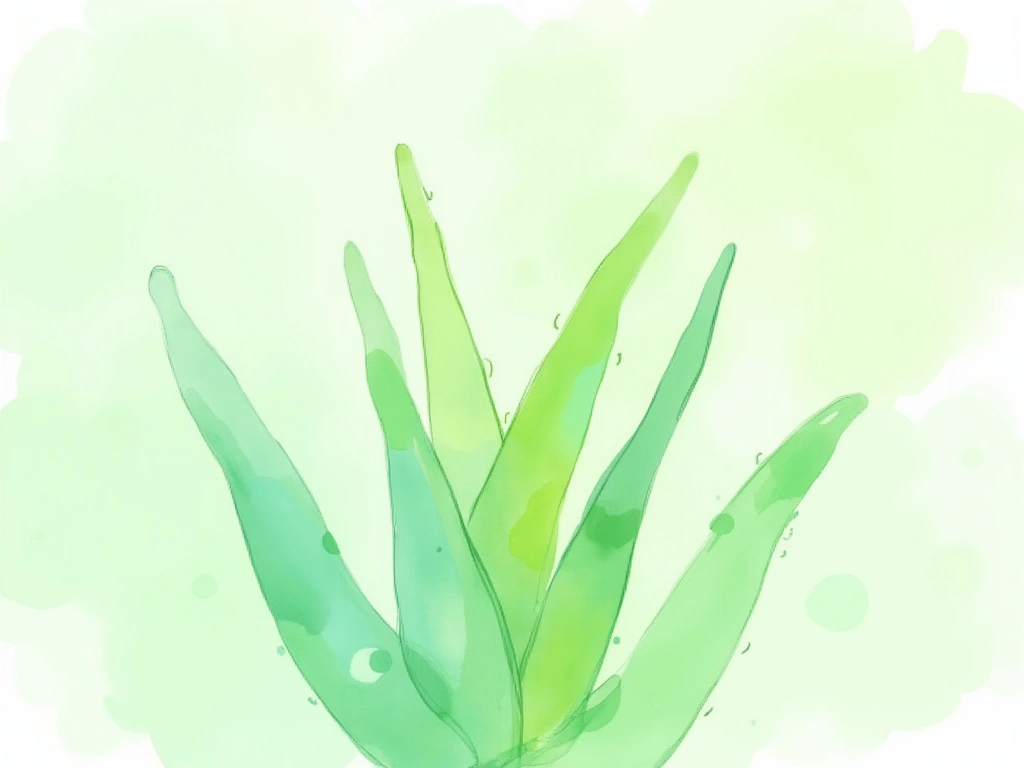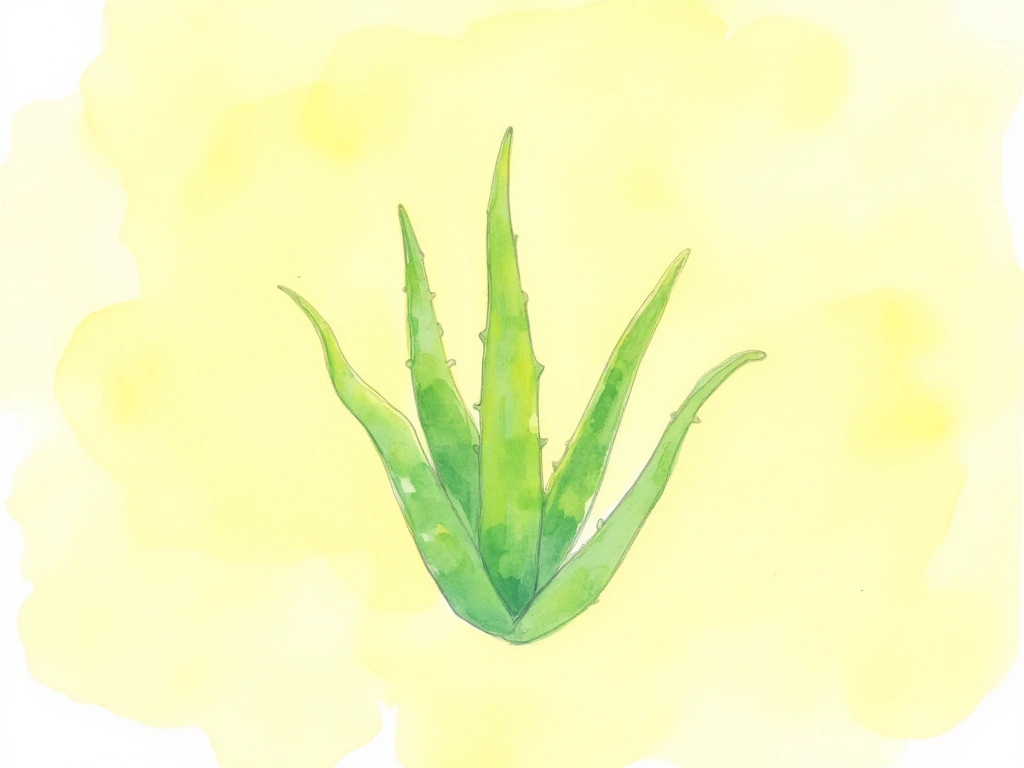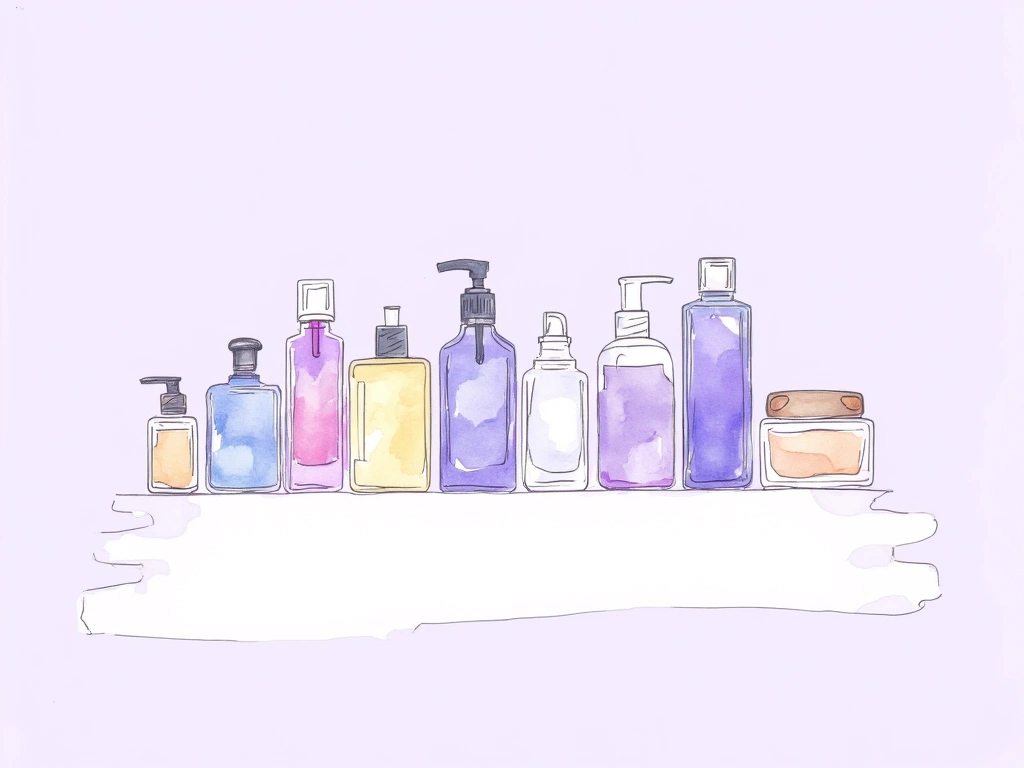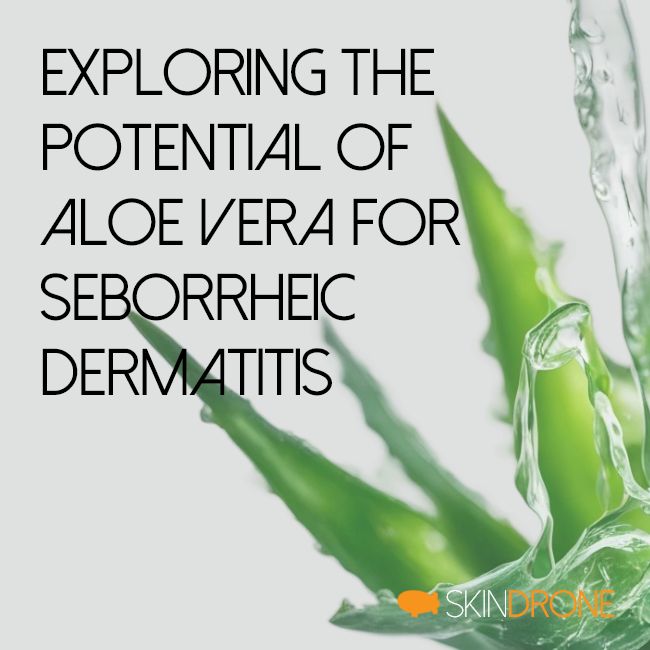- Aloe vera possesses anti-inflammatory and antimicrobial qualities that may help alleviate seborrheic dermatitis symptoms.
- Topical application of aloe vera gel can reduce itching and scaling associated with the condition.
- Always perform a patch test before using aloe vera to check for potential allergic reactions.
- Lifestyle adjustments and conventional treatments are also crucial in managing seborrheic dermatitis effectively.
Seborrheic dermatitis is a common inflammatory skin condition that primarily affects the scalp and other oily areas of the body. It’s easily recognized by those tell-tale flakes of skin, often noticeable in your hair or on your shoulders. Beyond the flakes, seborrheic dermatitis can bring along excessive oiliness, redness, and irritation []. This condition tends to appear in areas rich in sebaceous glands, such as the scalp, face, around the ears (retroauricular area), and upper chest, marked by flaking, scaling, inflammation, itching (pruritus), and redness (erythema) [1].
In this article, we’ll delve into the potential benefits of aloe vera as a natural approach to managing seborrheic dermatitis and explore how it might help soothe your symptoms.
In a Nutshell: Could aloe vera be your natural ally against seborrheic dermatitis? Its natural anti-inflammatory and antimicrobial actions suggest it might ease bothersome itching and scaling. However, it’s wise to do a patch test first to rule out allergies. Remember, lifestyle tweaks and standard medical treatments are also key players in managing this condition.

Unlocking the Potential of Aloe Vera
Aloe vera has earned a reputation for its beneficial properties, including anti-inflammatory, antimicrobial, and antifungal actions [2]. These inherent qualities are why aloe vera is considered a potential natural remedy to alleviate the discomfort of seborrheic dermatitis. The magic lies in aloe vera’s bioactive compounds, which act as emollients and antioxidants, working to soothe irritated skin and dial down inflammation [3].
When applied topically, aloe vera has shown promise in tackling seborrheic dermatitis by helping to reduce both itching and scaling [4]. It’s worth keeping in mind that aloe vera isn’t for everyone; some individuals might experience allergic reactions. Therefore, a patch test before widespread use is a prudent step.

Beyond Seborrheic Dermatitis: Other Skin Benefits of Aloe Vera Gel
Aloe vera gel extends its benefits beyond seborrheic dermatitis, offering a range of advantages for skin health. It has demonstrated effectiveness in preventing chemotherapy-induced hyperpigmentation (CIH) [5], helping to minimize the appearance of dark spots and serving as a topical treatment for CIH [6].
Thanks to its vitamin E content, aloe vera gel is also a fantastic moisturizer, contributing to improved skin elasticity [2]. Furthermore, the presence of antioxidant compounds like flavonoids and saponins in aloe vera gel further supports skin elasticity.
The versatility of aloe vera gel makes it a popular ingredient in various cosmetic products, including:
- Hair tonics
- Lotions
- Lip balms
- Shampoos
- Creambaths
- Liquid soaps
Additionally, aloe vera has been noted for its ability to mitigate phototherapy-related side effects in vitiligo patients, showcasing its broad therapeutic potential.

Aloe Vera’s Role in Managing Seborrheic Dermatitis Symptoms
Due to its anti-inflammatory and antimicrobial properties, aloe vera emerges as a viable alternative or complementary approach for managing seborrheic dermatitis.
Applying aloe vera gel directly to the affected areas may help alleviate the bothersome itching and scaling associated with seborrheic dermatitis [4]. The frequency and amount of application should be adjusted based on the severity of your condition.
While comprehensive clinical research is still unfolding to fully confirm aloe vera’s effectiveness for seborrheic dermatitis, early indications suggest it holds promise as a safe and potentially effective natural option to manage this common skin issue.

How to Use Aloe Vera Gel for Seborrheic Dermatitis: A Step-by-Step Guide
If you’re considering aloe vera for seborrheic dermatitis, topical application is the most common method. Here’s how to use it effectively:
Choosing Your Aloe Vera Gel:
- Purity is Key: Opt for pure, 100% stabilized aloe vera gel, often found in health food stores.
- Check the Label: If using store-bought gel in tubes, scrutinize the ingredient list to avoid products with unnecessary preservatives or additives.
- Fresh is Best (If Possible): For the most natural approach, snip a leaf from an aloe vera plant and extract the fresh gel directly.
Application Frequency and Amount:
- Frequency: Apply aloe vera gel to the affected areas once or twice daily, or as needed to relieve itching.
- Amount: Use a generous amount to ensure the skin is well-moisturized.
Application Technique:
- Gentle Massage: Apply the cool aloe vera gel to patches of seborrheic dermatitis on your scalp, face, ears, chest, or any other affected area.
- Absorption Time: Allow the gel to soak into your skin for a few minutes.
- Optional Rinse: You can wash off any excess gel after it has been absorbed. Some individuals find it beneficial to leave the aloe vera gel on overnight for deeper penetration and rinse it off in the morning.
Important Safety Tips
While generally recognized as safe, aloe vera can still trigger allergic reactions in some individuals [7]. Therefore, taking a few safety precautions is always recommended:
- Perform a Patch Test: Before applying aloe vera extensively, test a small amount on a discreet area of skin (like your inner forearm) and wait 24 hours to check for any adverse reactions like redness, itching, or irritation.
- Discontinue if Irritation Occurs: If you notice any signs of allergy or irritation, stop using aloe vera immediately.
Studies affirm aloe vera gel’s safety and effectiveness in treating conditions like stable vitiligo [7]. It’s also safely used as an edible coating for fruits and vegetables to extend shelf life, without safety concerns [8]. However, individual skin sensitivities can vary, making a patch test a crucial step.

Conventional Seborrheic Dermatitis Treatments
Standard medical treatments for seborrheic dermatitis typically include:
- Topical Antifungal Agents: To combat fungal overgrowth, a contributing factor in seborrheic dermatitis.
- Mild Topical Steroids: To reduce inflammation and itching during flare-ups.
- Immunomodulatory Agents: Such as tacrolimus and pimecrolimus, which help regulate the immune response in the skin [9].
- Additional Therapies: Lithium gluconate/succinate, salicylic acid, sodium sulfacetamide, glycerin, benzoyl peroxide, mud therapy, and phototherapy are also used in certain cases [4].
It’s essential to consult with a healthcare professional to determine the most appropriate treatment plan for your specific condition.

Lifestyle Adjustments for Seborrheic Dermatitis Management
Lifestyle factors significantly influence the onset and course of skin conditions, including seborrheic dermatitis [10]. Integrating these lifestyle changes can be highly beneficial in managing seborrheic dermatitis:
Dietary Considerations:
- Embrace Fruits: A diet rich in fruits may be associated with a lower risk of seborrheic dermatitis [3].
- Limit Western Diet: A “Western” dietary pattern, typically high in processed foods, may be linked to a higher risk [4].
Daily Habits for Skin Health:
- Stress Management: Elevated stress levels can trigger flare-ups. Incorporate relaxation techniques like yoga, meditation, or deep breathing exercises into your routine.
- Gentle Cleansing: Wash affected areas no more than once a day using mild, fragrance-free cleansers to avoid irritation.
- Avoid Irritants: Steer clear of harsh soaps, dyes, fragrances, and other potential skin irritants that can exacerbate seborrheic dermatitis.
- Breathable Clothing: Opt for loose-fitting clothing made from breathable fabrics. Tight collars and hats, especially when sweaty, can worsen the condition.
- Regular Exercise: Moderate exercise may help reduce the frequency of flare-ups.
- Sunlight Exposure (Cautiously): Limited sun exposure can sometimes alleviate symptoms, but always avoid sunburn.

Personal Note: My Experience with Aloe Vera
Having dealt with seborrheic dermatitis personally, I experimented with aloe vera gel as a natural solution. I tried both direct gel from an aloe plant leaf and store-bought versions.
Initially, I was optimistic, and indeed, aloe vera provided some relief from the itching and scaling. However, with continued use, I developed increased skin sensitivity and redness. It seemed I might be sensitive or allergic to aloe vera, and diluting it didn’t resolve the issue in my case.
Ultimately, I had to explore other natural remedies. While aloe vera might be effective for many, my personal experience underscores that it’s not a one-size-fits-all solution and highlights the importance of patch testing.

Final Thoughts
Aloe vera presents itself as a promising natural option for managing seborrheic dermatitis, primarily due to its anti-inflammatory and antimicrobial actions. It may offer relief from common symptoms like itching and scaling.
However, remember that individual reactions can vary. Always conduct a patch test before incorporating aloe vera into your routine.
While further research will continue to clarify its clinical efficacy, aloe vera gel can be a valuable addition to a comprehensive skincare approach for seborrheic dermatitis. Coupled with appropriate lifestyle adjustments and conventional medical treatments when necessary, it can be part of an effective strategy to manage this persistent skin condition.

No Comments
Be the first to start a conversation